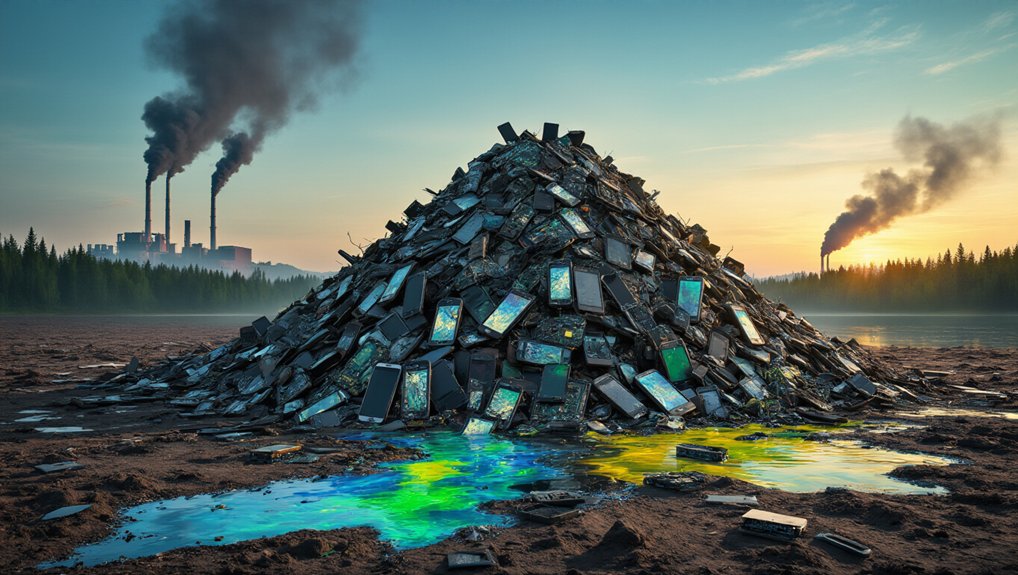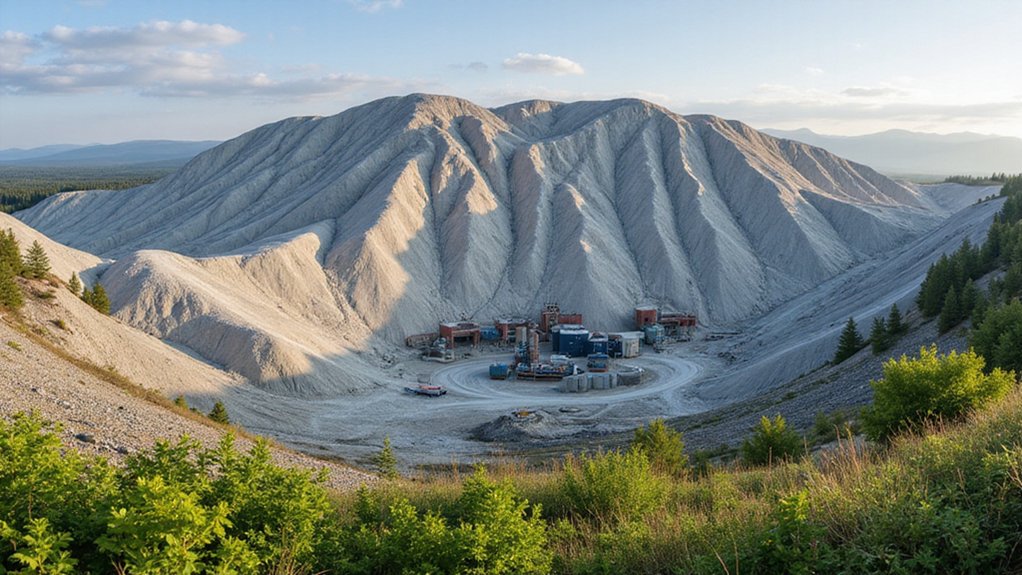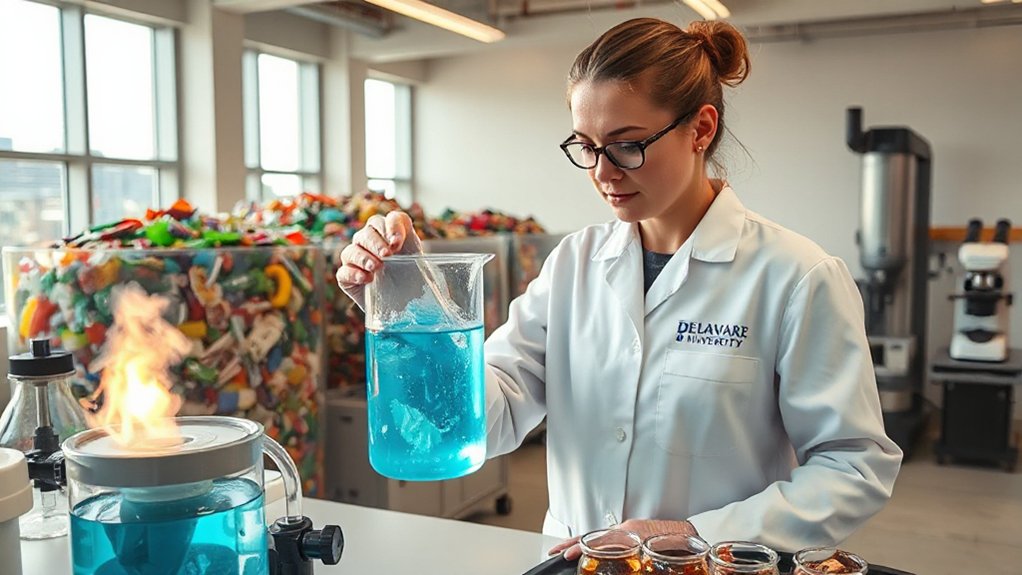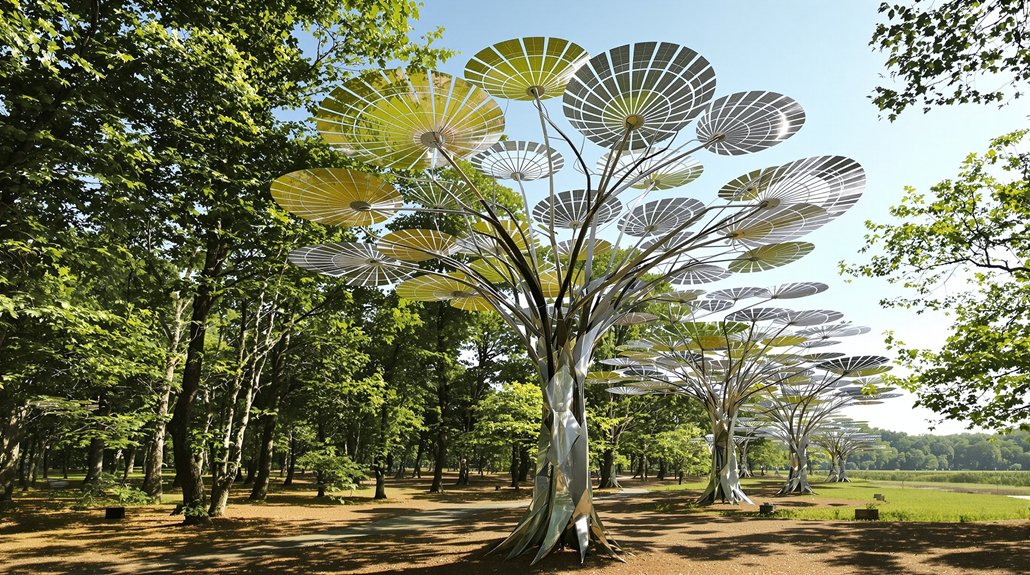While the latest budget smartphones and laptops tempt consumers with their rock-bottom prices, a darker reality lurks beneath their glossy screens. Those dirt-cheap gadgets aren’t just bargains—they’re environmental time bombs. Packed with lead, mercury, and cadmium, these devices don’t just disappear when we’re done with them. They stick around. For centuries.
The numbers are staggering. Over 53.6 million metric tons of e-waste generated globally each year. That’s like filling 5,000 Olympic swimming pools with toxic junk. And it’s growing. Fast. Why? Because everyone can afford a new phone now. Great for connectivity, terrible for the planet.
Manufacturers aren’t exactly losing sleep over this. Using safer components costs money. Money cuts into profits. So the toxic stuff stays in. And when these devices die—which happens quicker with cheaper models, funny how that works—they end up in massive dumps. Often in developing countries. Where children sort through poisonous materials without protection. For pennies. This exploitation extends to illegal mining operations where child labor is routinely used to extract raw materials needed for our devices.
The environmental impact is brutal. These toxins seep into soil and water. They contaminate food chains. They don’t break down—they accumulate. The plastics alone will outlive your great-grandchildren. Meanwhile, we’re depleting finite resources at breakneck speed to make more disposable tech. Mining operations destroy habitats while extracting materials for the next generation of $99 tablets. With only 20% formally recycled, the vast majority of our electronic waste continues to poison ecosystems around the world.
The carbon footprint? Massive. The tech industry now accounts for up to 7% of global greenhouse emissions. That percentage is expected to double by 2025. Data centers hum day and night, guzzling electricity mostly from fossil fuels. Since 2012, the number of these energy-hungry facilities has exploded from 500,000 to 8 million datacenters globally, compounding the industry’s environmental footprint.
References
- https://www.greenmatch.co.uk/blog/technology-environmental-impact
- https://yipinstitute.org/policy/digital-ecosystem-or-technological-damages-to-environment
- https://www.unep.org/news-and-stories/story/ai-has-environmental-problem-heres-what-world-can-do-about
- https://news.mit.edu/2025/explained-generative-ai-environmental-impact-0117
- https://unctad.org/news/curbing-digital-economys-growing-environmental-footprint









